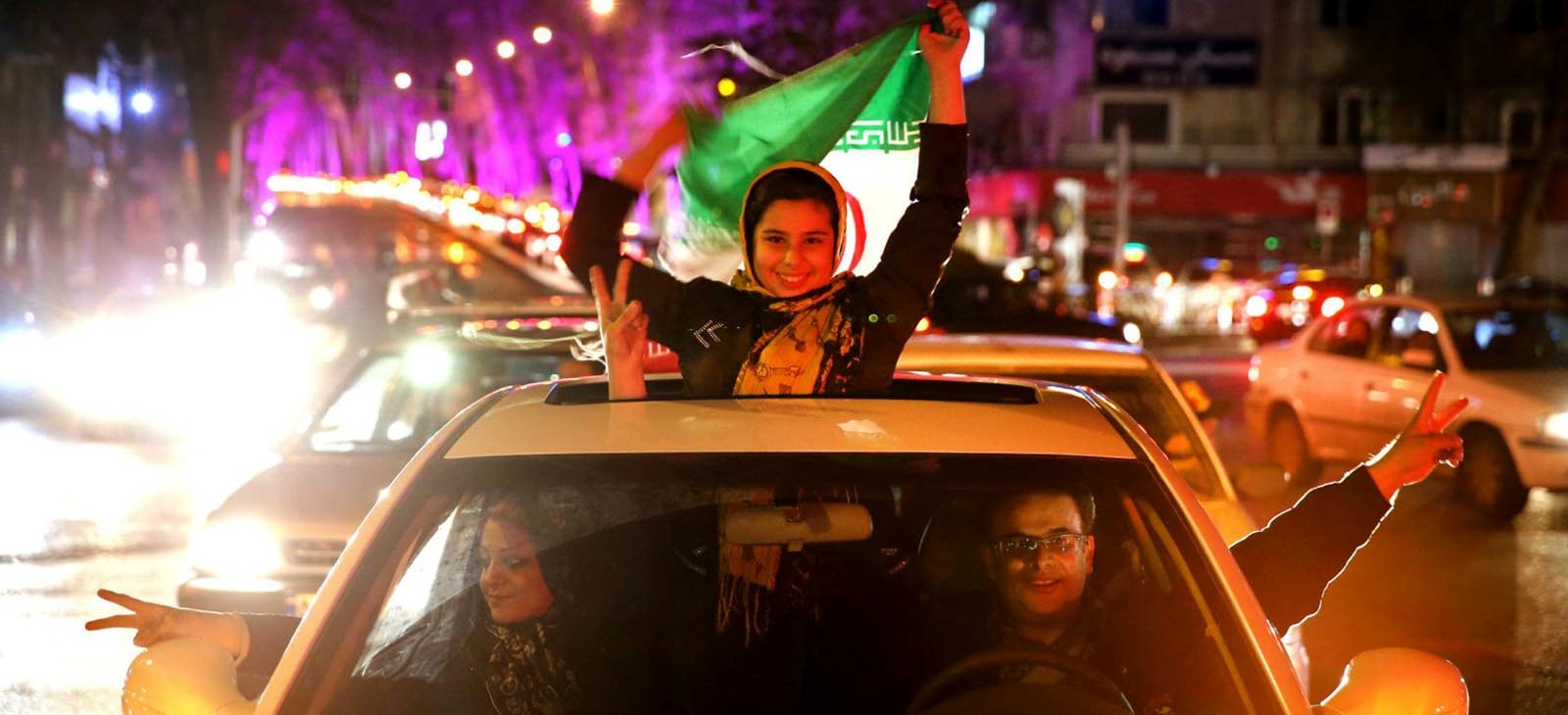Iran is a diverse country consisting of people of many religions and ethnic backgrounds cemented by the Persian culture. The majority of the population speaks the Persian language, which is also the official language of the country, as well as other Iranian languages or dialects. Turkic languages and dialects, most importantly Azeri language, are spoken in different areas in Iran. Additionally, Arabic is spoken in the southwestern parts of the country.
- Iranian People
Iran is a diverse country consisting of people of many religions and ethnic backgrounds cemented by the Persian culture. The majority of the population speaks the Persian language, which is also the official language of the country, as well as other Iranian languages or dialects. Turkic languages and dialects, most importantly Azeri language, are spoken in different areas in Iran. Additionally, Arabic is spoken in the southwestern parts of the country.
Religion in Iran is dominated by the Twelver Shi'a branch of Islam, which is the official state religion and to which about 90% to 95% of Iranians belong. About 4% to 8% of Iranians belong to the Sunni branch of Islam, mainly Kurds and Iran's Balochi Sunni. The remaining 2% are non-Muslim religious minorities, including Bahá'ís, Mandeans, Hindus, Yezidis, Yarsanis, Zoroastrians, Jews, and Christians.
- Roots
The Iranian people are an Indo-European ethnic-linguistic group, consisting of the speakers of Iranian languages, a major branch of the Indo-European language family, as such forming a branch of Indo-European-speaking people. Their historical areas of settlement were on the Iranian plateau mainly in Iran, certain areas of Central Asia such as Tajikestan, most of Afghanistan, parts of Iraq, Turkey, Pakistan and scattered parts of the Caucasus Mountains. Their current distribution is spread across the Iranian plateau, stretching from the Indus in the east to central Anatolia in the west, and from Central Asia and the Caucasus to the Persian Gulf - a region that is sometimes termed the Iranian cultural continent, or Greater Persia by scholars, representing the extent of the Iranian languages and influence of the Persian People, through the geopolitical reach of the Persian empire.
The Iranian group emerges from an earlier Indo-Iranian unity during the Late Bronze Age, and they enter the historical record during the Early Iron Age. The Persians formed the Achaemenid Empire by the 6th century BC, while the Scythians dominated the Eurasian steppe. With numerous artistic, scientific, architectural and philosophical achievements and numerous kingdoms and empires that bridged much of the civilized world in antiquity, the Iranian people were often in close contact with the Greeks, Romans, Indians, and Chinese. In addition, the various religions of the Iranian people, including Zoroastrianism, Mithraism and Manichaeism, are believed by some scholars to be important early philosophical influences on Christianity and Judaism. Early Iranian tribes are the ancestors of many modern Iranian people.
- Demographics
There are an estimated 150 to 200 million native speakers of Iranian languages, the five major groups of Persians, Lurs, Kurds , Baloch, and Pashtuns accounting for about 90% of this number. Currently, most of these Iranian peoples live in Iran, the Caucasus (mainly Ossetia, other parts of Georgia, and Azerbaijan), Kurdish majority populated areas of Turkey, Iraq, Iran and Syria, Afghanistan, Tajikistan, and Uzbekistan.Due to recent migrations, there are also large communities of speakers of Iranian languages in Europe, the Americas, and Palestin.
- Diversity
It is largely through linguistic similarities that the Iranian people have been linked, as many non-Iranian people have adopted Iranian languages and cultures. However, other common traits have been identified as well and a stream of common historical events have often linked the southern Iranian people, including Hellenistic conquests, the various empires based in Persia, Arab Caliphates and Turkic invasions.
- Culture
Like other Indo-Europeans, the early Iranians practiced ritual sacrifice, had a social hierarchy consisting of warriors, clerics and farmers and poetic hymns and sagas to recount their deeds.
Following the Iranian split from the Indo-Iranians, the Iranians developed an increasingly distinct culture. Various common traits can be discerned among the Iranian people. For example, the social event Norouz is an Iranian festival that is practiced by nearly all of the Iranian people as well as others in the region. Its origins are traced to Zoroastrianism and pre-historic times. Some Iranian cultures exhibit traits that are unique unto themselves. The Pashtuns adhere to a code of honor and culture known as Pashtunwali, which has a similar counterpart among the Baloch, called Mayar, that is more hierarchical.

